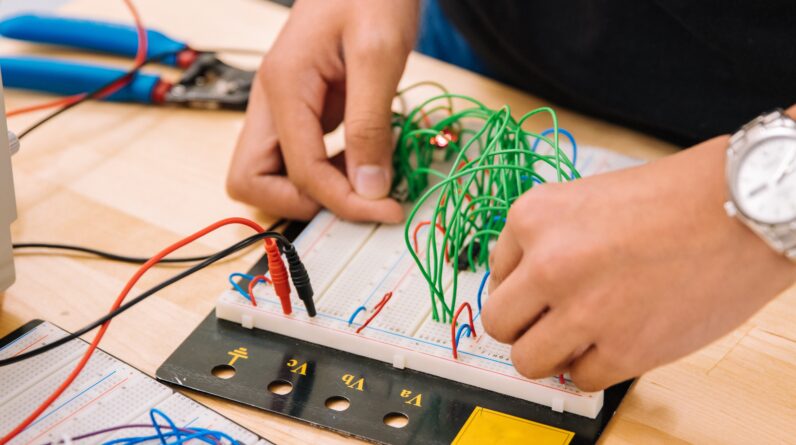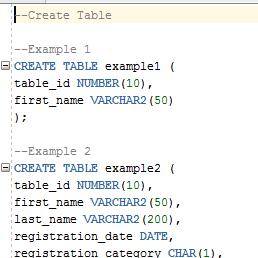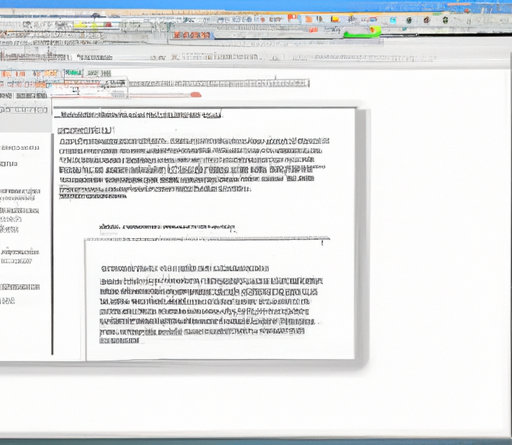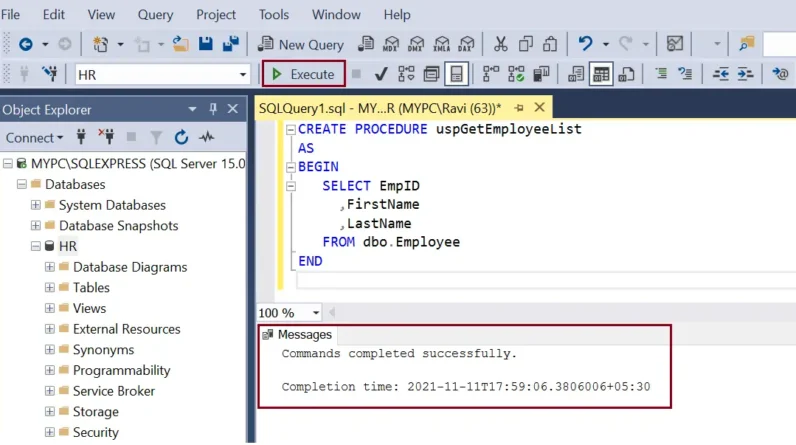
In this article, I will walk you through the process of taking a screenshot on Windows. You will learn step-by-step instructions on how to capture your screen using different methods. Whether you are using a laptop or desktop, I will show you a variety of options, including keyboard shortcuts and built-in tools. By the end of this article, you will be able to easily capture and save screenshots on your Windows device.
Table of Contents
How to Take a Screenshot on Windows
Taking a screenshot on Windows is a useful skill to have, whether you want to capture a funny conversation, save an important piece of information, or showcase a design you’ve been working on. Luckily, Windows offers a variety of methods to capture your screen with ease. In this article, we will guide you through the step-by-step process of taking a screenshot on Windows using different techniques and explore additional features to enhance your screenshot-taking experience.
Step 1: Using the Print Screen Key
Locating the Print Screen key
The Print Screen key is usually located in the top right corner of your keyboard, labeled as “PrtScn” or “Print Screen.” It may vary depending on your keyboard layout, so take a moment to locate it.
Pressing the Print Screen key
To capture your entire screen, simply press the Print Screen key. This will copy a screenshot of your screen to the clipboard.
Step 2: Using the Alt + Print Screen Key
Locating the Alt key and Print Screen key
The Alt key is situated on both the left and right sides of your keyboard, near the bottom. While holding down the Alt key, locate and press the Print Screen key.
Holding down the Alt key
By pressing the Alt + Print Screen key combination, you can capture just the active window rather than the entire screen. This is especially helpful when you have multiple windows open simultaneously.
Pressing the Print Screen key
Once you have held down the Alt key, press the Print Screen key. The active window will be captured and stored in your clipboard.

Step 3: Using the Windows Key + Print Screen Key
Locating the Windows key and Print Screen key
The Windows key, usually adorned with the Windows logo, is found at the bottom left of your keyboard. Locate this key as well as the Print Screen key.
Holding down the Windows key
By pressing the Windows key along with the Print Screen key, you can capture the entire screen and automatically save it as a file in a designated folder.
Pressing the Print Screen key
Once you have held down the Windows key, press the Print Screen key. Windows will capture the screenshot and save it as an image in your Pictures folder, specifically in a subfolder titled “Screenshots.”
Step 4: Using the Snipping Tool
Opening the Snipping Tool
To access the Snipping Tool, click on the Start button, search for “Snipping Tool,” and click on the first result that appears. The Snipping Tool allows you to capture specific areas of your screen.
Selecting the type of snip
Within the Snipping Tool, you can choose between different types of snips, such as Free-form Snip, Rectangular Snip, Window Snip, and Full-screen Snip. Select the most suitable option for your desired screenshot.
Selecting the area to capture
Once you have chosen the snip type, simply click and drag your mouse to select the area you want to capture. Release the mouse button to confirm the selection.
Saving the screenshot
After capturing the desired area, you can save the screenshot as an image file by clicking on the floppy disk icon in the Snipping Tool’s toolbar. Choose a location to save the file and give it a name.

Step 5: Using the Snip & Sketch Tool
Opening the Snip & Sketch tool
To access the Snip & Sketch tool, press the Windows key + Shift + S. Alternatively, you can search for “Snip & Sketch” in the Start menu and click on the top result. The Snip & Sketch tool provides an enhanced snipping experience.
Selecting the type of snip
Similar to the Snipping Tool, the Snip & Sketch tool offers various snipping options. Choose the snip type that suits your needs.
Using the Snip & Sketch toolbar
Upon capturing a snip, a small toolbar will appear at the top of your screen. This toolbar allows you to annotate, crop, or share your screenshot with ease.
Saving the screenshot
To save your screenshot using the Snip & Sketch tool, click on the notification that appears after capturing the snip. You will be directed to the Snip & Sketch app, where you can save the screenshot as an image file.
Step 6: Using the Game Bar
Opening the Game Bar
If you are a gamer, you can use the Game Bar to take screenshots during gameplay. To open the Game Bar, press the Windows key + G. If it’s your first time using the Game Bar, you may need to enable it in the Windows settings.
Capturing a screenshot during gameplay
While playing your desired game, press the Windows key + Alt + PrtScn. The Game Bar will capture a screenshot of your gameplay and save it in your Videos\Captures folder.
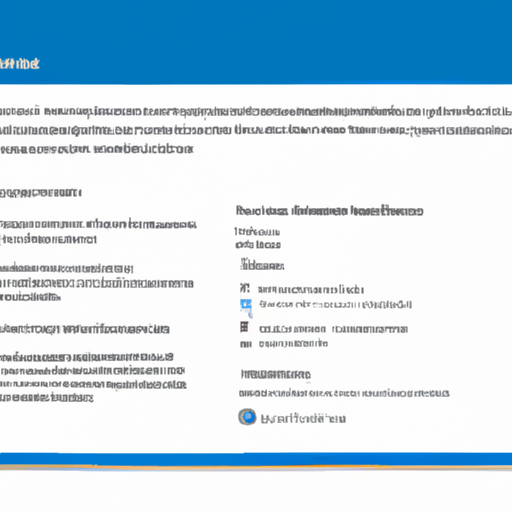
Step 7: Using a Third-Party Screenshot Software
Downloading and installing a third-party screenshot software
If you prefer more advanced features or a specialized screenshot tool, consider downloading and installing third-party software such as Snagit or Lightshot. Visit their respective websites, download the software, and follow the installation instructions.
Using the software to capture a screenshot
After installing the software, launch it and explore the different capturing options and features available. These tools often provide more flexibility in capturing screenshots, including the ability to capture scrolling windows, specific shapes, and even record videos.
Step 8: Saving and Managing Screenshots
Locating the saved screenshots
By default, most screenshots taken on Windows are saved in the Pictures folder. However, different methods may save screenshots in distinct locations. It’s important to remember where your screenshots are saved for easy access.
Renaming the screenshots
To keep your screenshot collection organized, consider renaming the files with descriptive names that reflect their content. This will make it easier to find specific screenshots at a later time.
Deleting unwanted screenshots
Over time, your screenshot folder may become cluttered with unnecessary screenshots. To declutter and save storage space, periodically review your screenshots and delete any that are no longer needed.
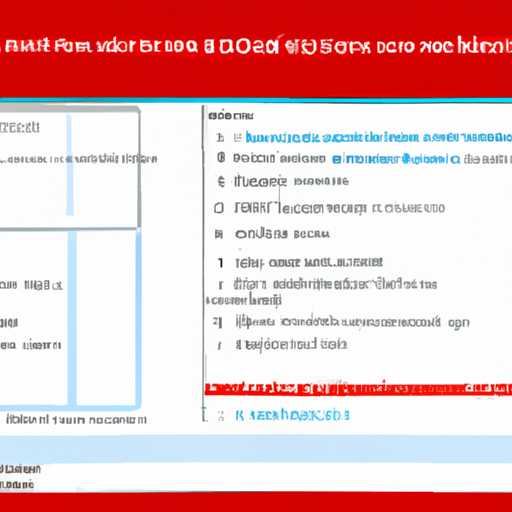
Step 9: Using Keyboard Shortcuts for Screenshots
Using the Alt key + Print Screen key
As we discussed earlier, pressing the Alt key + Print Screen key allows you to capture the active window. This method is efficient when you only need to capture a specific window and not the entire screen.
Using the Windows key + Print Screen key
The combination of the Windows key + Print Screen key is an excellent way to quickly capture the entire screen without the need for any additional software or tools.
Using the Windows key + Shift + S
The Windows key + Shift + S combination opens the Snip & Sketch tool immediately, allowing you to capture a snip promptly. This shortcut is especially useful when you want to capture something quickly.
Conclusion
With the various methods and tools available on Windows, taking screenshots has never been easier. Whether you prefer using built-in Windows features like the Print Screen key or exploring more advanced options like third-party software, there is a method suitable for everyone. By mastering the art of taking screenshots, you can effortlessly capture and share important information, memorable moments, and showcase your work with others. Choose the method that works best for you and start taking screenshots with confidence!


